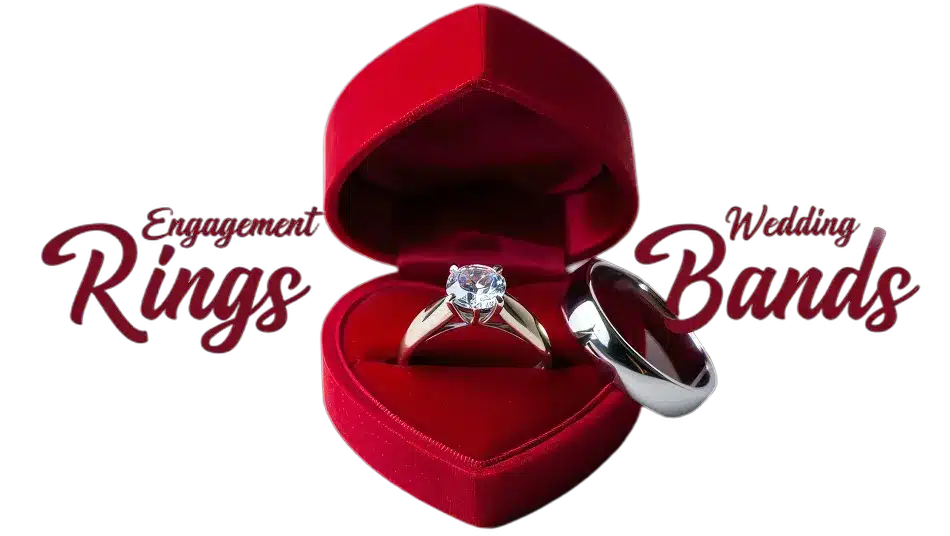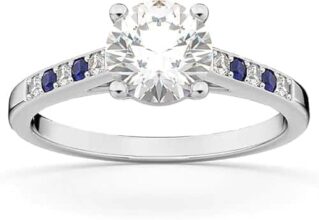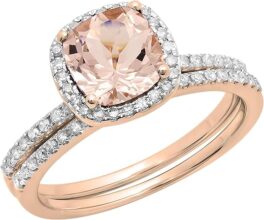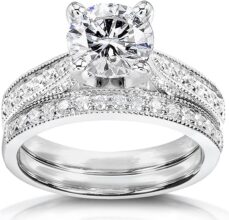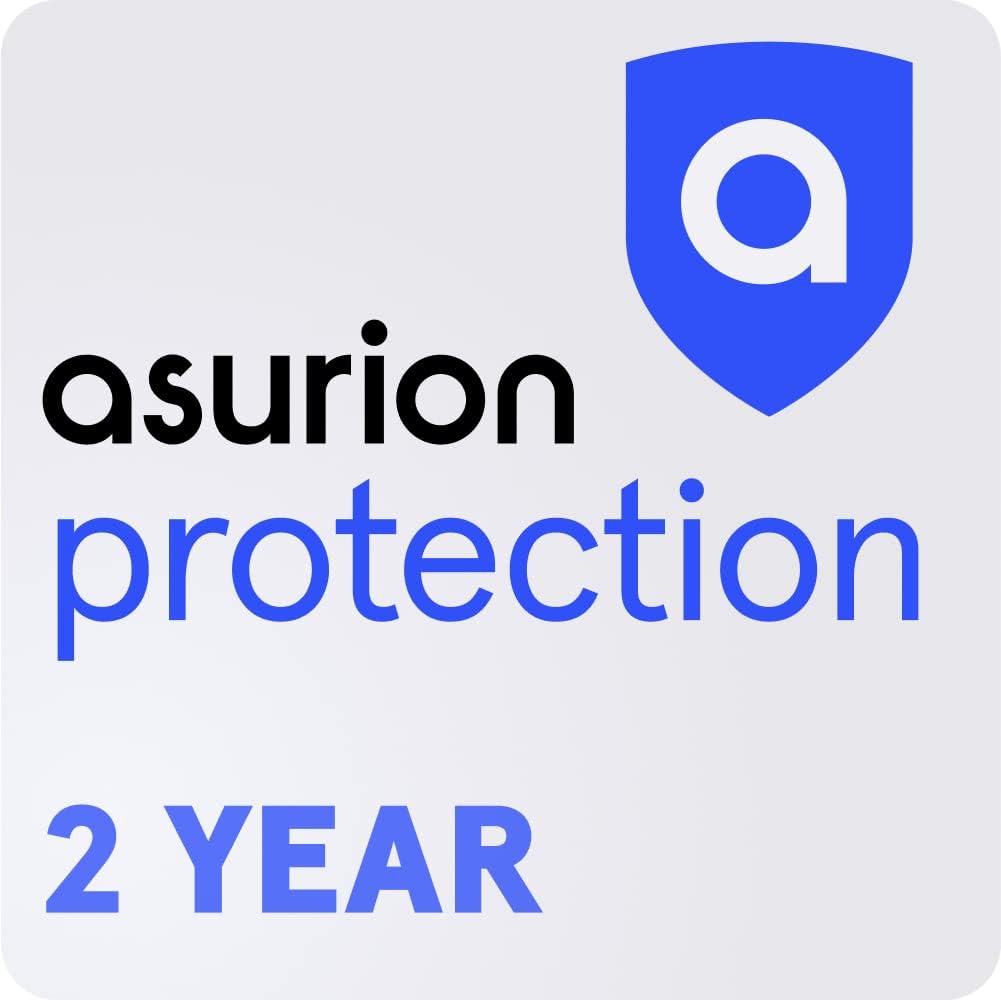
Welcome to the World of Engagement Ring Insurance
When you say “yes” and slip that beautiful ring onto your finger, you’re celebrating more than just love—you’re celebrating an investment. Your engagement ring is not just a piece of jewelry; it’s a symbol of your commitment and a reflection of the emotional journey you and your partner share. But have you thought about how to protect that precious piece?
Insuring your engagement ring is a vital step for ensuring peace of mind. After all, life is unpredictable, and accidents can happen. Whether it’s a sudden mishap or loss, having the right insurance can save you from emotional distress and financial burden. In this guide, you’ll discover how to safeguard your meaningful investment, making sure your love story continues without interruption. Let’s dive in!




Understanding the Value of Your Engagement Ring
Determining the true value of your engagement ring involves more than just the price tag on the receipt. It’s essential to assess various factors that contribute to its overall worth, ensuring you’re adequately prepared when it comes to insuring or appraising it. Here are the key elements to consider:
The Four Cs of Diamonds
- Carat Weight: The size of the diamond significantly impacts its value. Generally, larger diamonds are more expensive, but it’s all about finding the right balance that suits your taste and budget.
- Cut: This determines how well the diamond reflects light. A well-cut diamond dazzles with brilliance and fire, enhancing its visual appeal and value.
- Color: Diamonds come in a range of colors, with colorless stones being the most sought after. Subtle differences can make a significant impact, so it’s essential to know where your diamond stands on the color scale.
- Clarity: This refers to the presence of imperfections, both internal and external. A diamond with fewer flaws will naturally be more valuable.
Metal Matters
Beyond the diamond, consider the band itself. The type of metal used (gold, platinum, silver) plays a crucial role in determining the engagement ring’s overall worth. Platinum, for example, is denser and more durable than gold, making it a more expensive option.
Sentimental Value
Remember that the emotional significance of your ring might far exceed its monetary value. Think of the memories attached to it and the journey it represents. This sentimental aspect can be just as important when considering coverage.
The Role of Market Trends
Keep in mind that the jewelry market is subject to fluctuations. Trends in styles and materials can influence your ring’s value over time, making it important to stay informed about current market conditions.
By understanding these contributing factors, you can accurately gauge the value of your engagement ring, setting the stage for the next crucial step—ensuring it against potential loss or damage.
Why You Should Insure Your Engagement Ring
When you wear your engagement ring, you want to feel joy and security, not constant worry. But did you know that the risks of not insuring your cherished piece are higher than you might think? Let’s explore some of the potential pitfalls.
The Risks of Not Insuring
Theft: Imagine enjoying a romantic dinner, only to discover your ring is missing. A statistic from the Jewelers’ Security Alliance reveals that jewelry theft is alarmingly common. Without insurance, you could face a devastating financial loss.
Loss: Accidental loss can happen anywhere—while swimming, during a vacation, or even during everyday tasks. One minute, your ring might be sparkling on your finger, and the next, it could be lost forever. Unfortunately, without insurance, recovering from such a loss can be financially burdensome.
Damage: Even the most durable ring can suffer damage. Whether it’s a chipped diamond from an accidental knock or a bent band from a fall, repairs can be costly and stressful if you don’t have coverage.
Natural Disasters: From fires to floods, disasters can strike unexpectedly. If your ring is destroyed in a calamity, the absence of insurance could leave you heartbreakingly out of pocket.
Peace of Mind is Priceless
The primary benefit of insuring your engagement ring is the peace of mind it offers. Knowing that you’ve taken the necessary steps to protect your investment allows you to cherish your ring without the weight of worry. Imagine freely showing it off to friends or wearing it on any occasion without second-guessing its safety!
As you consider your options and take the next steps in securing your ring, don’t forget that some situations require a careful evaluation of coverage. In the coming section, we’ll discuss how to choose the right insurance policy, ensuring you’re fully equipped for any situation that may arise.
Choosing the Right Insurance Policy
When it comes to protecting your engagement ring, selecting the right insurance policy is crucial. Not all policies are created equal, and understanding your options can help you make the best choice for your unique situation. Here’s a breakdown of the primary types of coverage available.
Homeowners Insurance vs. Jewelry Insurance
What to Look for in Coverage
When choosing a policy, consider the following key factors:
As you explore your options, weighing these factors can help you find the right fit for your needs. Up next, we’ll talk about the importance of getting an accurate appraisal to ensure you have the right coverage in place for your treasured symbol of love.
Getting an Accurate Appraisal
When it comes to insuring your engagement ring, having a professional appraisal is a vital step that you shouldn’t overlook. An accurate appraisal not only helps ascertain the current market value of your ring but also ensures that your insurance coverage is adequate. Here’s how to navigate the appraisal process effectively.
Why Appraisals Matter
- Establish True Value: A qualified appraiser evaluates everything from the diamond’s quality—the cut, color, clarity, and carat weight—to the metal’s composition. This in-depth assessment will give you a solid figure that reflects its worth on the market.
- Insurance Requirement: Many insurance companies require an official appraisal to issue a policy. This document serves as proof of the ring’s value and is a critical part of your claims process if something goes wrong.
- Staying Updated: As the jewelry market can fluctuate, periodic reappraisals (every 3-5 years) ensure your coverage remains adequate as your ring’s value may increase over time.
How to Get an Appraisal
- Choose a Certified Appraiser: Look for an appraiser certified by a recognized organization, such as the American Society of Appraisers or the National Association of Jewelry Appraisers. This ensures professionalism and reliability.
- Prepare for the Appointment: Bring all documentation related to your ring, including the original purchase receipt, any prior appraisals, and gemological certificates. This information can help provide context as the appraiser evaluates your piece.
- Understanding the Appraisal Process: During the appointment, the appraiser will inspect your ring meticulously. Expect them to:
- Test the diamond using specialized equipment.
- Examine the quality of the setting.
- Evaluate the overall craftsmanship.
After a thorough evaluation, you’ll receive a formal document indicating the ring’s appraised value. This detailed report includes descriptions and photographs, which will be crucial for your insurance policy.
Remember, this appraisal is not just a one-time step; it’s an ongoing process that helps shield your investment over the years. As you move on to insuring your ring based on this appraisal, understanding the claims process will be your next important consideration.
The Claims Process: What to Expect
Filing a claim for your engagement ring may sound intimidating, but it doesn’t have to be. With a bit of preparation and knowledge about the process, you can navigate this situation with confidence. Here’s a step-by-step guide to help you understand what to expect if the need arises.
Step 1: Document the Incident
Whether your ring was lost, stolen, or damaged, the first step is to gather all relevant documentation. This will include:
Step 2: Contact Your Insurer
Next, reach out to your insurance company or agent to inform them about the claim. You can do this via:
Step 3: Fill Out the Claim Form
Your insurer will likely provide a claim form, outlining the circumstances of the loss or damage. Be sure to include:
Step 4: Wait for the Claims Adjuster
After submitting your claim, an adjuster may be assigned to evaluate it. They might want to ask questions or request further documentation. Don’t hesitate to communicate clearly and promptly to ensure a smooth process. Generally, processing times can vary, but keep an eye on your policy for specific timelines.
Step 5: Receive Payment or Replacement
Once your claim is approved, you’ll either receive a cash payment based on the ring’s value or a replacement ring, depending on your policy. Always check the terms regarding this, as it may differ between insurers.
Navigating the claims process can feel daunting, but being prepared with the necessary documentation and understanding what to expect can alleviate much of your stress. As you proceed with insuring your ring, it’s also essential to think about how to maintain your coverage over time, a topic we’ll delve into next.
Maintaining Your Coverage
Once you have set up your engagement ring insurance, staying proactive is crucial to ensuring that your coverage remains effective and relevant as your life circumstances change. Here’s how you can keep your policy in top shape.
Regularly Review Your Policy
Your engagement ring isn’t just a piece of jewelry; it’s a significant investment that may appreciate over time. Periodically reviewing your insurance policy—ideally every year—can help you understand its terms, limitations, and coverage amounts. Life events, such as moving, changing jobs, or even marrying, can impact your need for coverage.
Consider this: If you received a promotion or a substantial raise that allowed you to purchase a higher-value ring, your insurance must reflect this increased value accordingly.
Update Your Appraisal
As mentioned earlier, you should have your ring appraised every 3 to 5 years. Jewelry markets can fluctuate, meaning that your ring’s value might increase or decrease. Keeping your appraisal current ensures that your coverage is aligned with its true market value.
When you update your appraisal, make sure to contact your insurance provider right away. This way, you can adjust your coverage limits to reflect the new valuation—protecting yourself from possible financial loss.
Adapt Coverage to Life Changes
As your life evolves, so should your insurance coverage. Major milestones, like moving to a different state, changing jobs, or even adding new jewelry to your collection, may require you to revisit your insurance terms. Ensure that your policy adapts to these changes.
Document Changes
Keep a log of your ring’s appraisals, any modifications made, and new photographs. This way, if you ever need to file a claim, you’ll have a robust record to streamline the process.
Adopting these practices can help you maintain comprehensive protection for your beloved ring over the years. With an eye toward fluidity and vigilance, you’re set to defend your investment from any unforeseen events.
As you think about how to ensure this treasured possession is safe, let’s explore the final thoughts on protecting your investment.
Protecting Your Investment
In conclusion, insuring your engagement ring is not just a financial decision but a way to protect the emotions and memories tied to one of life’s most significant milestones. By understanding its value, selecting the right policy, and ensuring an accurate appraisal, you can enjoy peace of mind knowing your cherished symbol of love is safeguarded against life’s uncertainties.
We hope this guide empowers you to take the necessary steps to shield your investment. So take action today—schedule that appraisal, reach out to insurance providers, and protect what truly matters. Remember, with the right coverage, you can celebrate your love story without worry!
